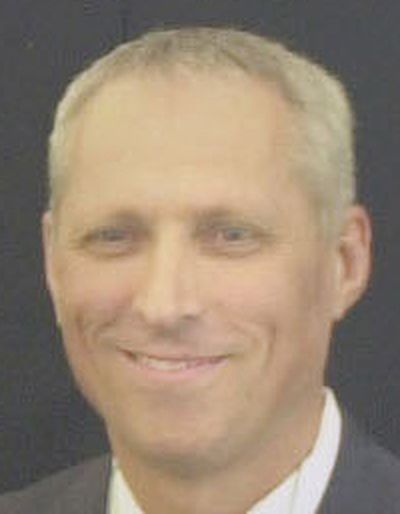Former Idaho researcher who cloned mule dies

LEWISTON, Idaho — Gordon Woods, a veterinary scientist who helped create Idaho Gem, the world’s first cloned mule, has died. He was 57.
Woods passed away unexpectedly Thursday, said Dell Rae Moellenberg, a spokeswoman at Colorado State University in Fort Collins, Colo., where Woods was a professor in the College of Veterinary Medicine and Biomedical Sciences.
Woods died at the Medical Center of the Rockies in Loveland, Colo. Moellenberg said the family has asked for confidentiality, and she declined to provide additional details.
“He was a brilliant scientist,” said Dirk Vanderwall, who worked with Woods on the mule-cloning project at the University of Idaho, and who is now an associate professor and chief of the Section of Reproduction at the School of Veterinary Medicine at the University of Pennsylvania. “Over the last 30 years he’s conducted groundbreaking research in several different areas.”
In 2003, Woods, Vanderwall and Ken White of Utah State University led a team that cloned Idaho Gem as part of a larger project intended to better understand human diseases.
The University of Idaho “beat a number of other teams around the world trying to clone a member of the horse family,” said Bill Loftus, a UI spokesman. “I’m personally devastated by the loss and I know many of his friends are. He had a lot more to give.”
The mule clone, one of three produced at the university, went on to success on the mule racing circuit in Nevada and California.
“It certainly made interesting headlines in both the scientific and popular press,” Vanderwall said.
But Woods was looking for more than just race results from the clones. Horses and other equines have significantly lower cancer rates than humans, and scientists hope cloning will illuminate the difference and provide research clues, particularly into calcium’s role in diseases. Equines have much less calcium within cell walls than humans.
“That certainly was another primary focus of Gordon’s,” Vanderwall said Sunday. “To use the horse as a model to try to understand age-onset diseases in people. Gordon’s hypothesis was that excessive intracellular calcium in human cells could be an underlying factor in age-onset diseases.”
Woods had been continuing his research in that area.
“Gordon was so novel in his thinking along those lines,” Vanderwall said. “It was his drive and passion that was really moving that forward. It’s just a devastating loss.”
According to a biography supplied by the University of Idaho, Woods grew up in North Idaho and received an undergraduate degree from the University of Idaho and his doctorate of veterinary medicine degree at Colorado State University. He later received another doctoral degree from the University of Wisconsin.
In 1986 he returned to Idaho and founded the Northwest Equine Reproduction Laboratory, then joined the University of Idaho in 1988 as a professor in the Department of Animal and Veterinary Science. He left the school in 2007 to work at Colorado State.
Vanderwall said Woods had a dry sense of humor and loved hiking with his family.
Vanderwall said Woods is survived by his wife and four adult children.
The Lewiston Tribune reported that a funeral for Woods is planned for 11 a.m. Wednesday at the Church of Jesus Christ of Latter-day Saints Stake Center in Moscow.